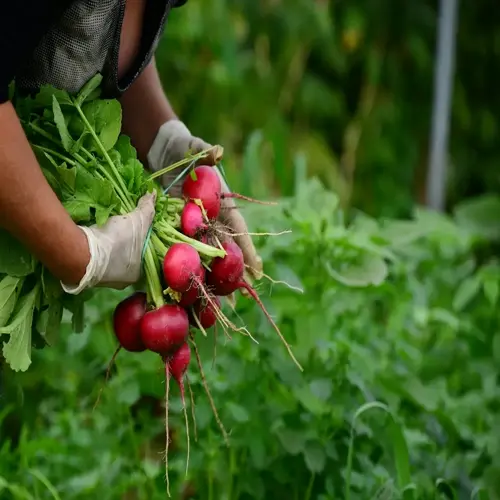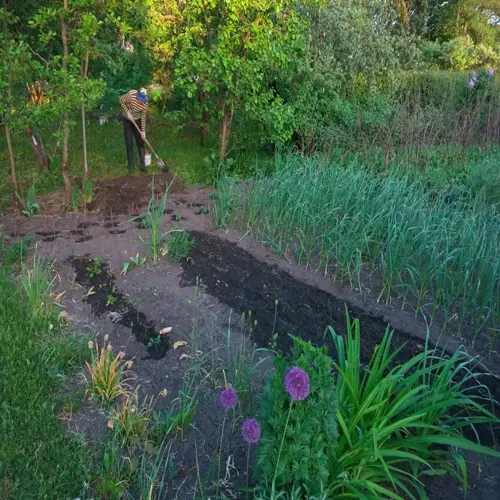Do coffee grounds help basil growth?

Written by
Nguyen Minh
Reviewed by
Prof. Charles Hartman, Ph.D.Coffee grounds offer minimal benefits to basil in moderate amounts. While they will slightly acidify the soil and have very low nitrogen content, overdoing it causes more harm than good. Knowing how to use coffee grounds properly will reduce nutrient lockout and slow herb growth in your herb garden.
Based on volume, fresh coffee grounds contain about 2% nitrogen. This slow-release nutrient will be made available for the plant through microbial processing at a later time. The acidic effect is temporary and dependent on soil conditions. Always check your pH before using them to ensure you don't create an environment that is outside of basil's preference (6.0-7.0).
Proper Preparation
- Always use fully cooled, dried grounds
- Compost for 4-6 weeks before application
- Mix with equal parts brown compost material
- Sterilize in oven at 200°F to kill pathogens
Safe Application
- Limit to ½ inch layer monthly maximum
- Work gently into top 2 inches of soil
- Avoid direct contact with plant stems
- Water thoroughly after application
Alternative Amendments
- Worm castings for balanced nutrition
- Compost tea for microbial diversity
- Kelp meal for trace minerals
- Crushed eggshells for calcium boost
Excessive coffee grounds cause a variety of problems for basil. They compact the soil structure, which reduces oxygen availability to the roots. There are caffeine residues left behind that may inhibit seed germination in nearby plants. Fungal growth is expedited in constantly wet grounds. The worst part of all is that they bind phosphorus, thereby making it unavailable to plants.
Better alternatives give balanced nutrition without the risk. Compost supplies total micronutrient profiles. Worm castings enhance soil texture and moisture retention. Liquid seaweed provides growth hormones and trace elements. These options facilitate steady basil growth in the growing season.
Following soil amendments, monitor plants carefully. Dark green leaves suggest enough nitrogen; purple stems indicate phosphorus deficiency. Make fertilization adjustments based on plant feedback, not a calendar. Your newly amended soil and basil plant will tell you what it needs.
Read the full article: When to Plant Basil for Best Results

